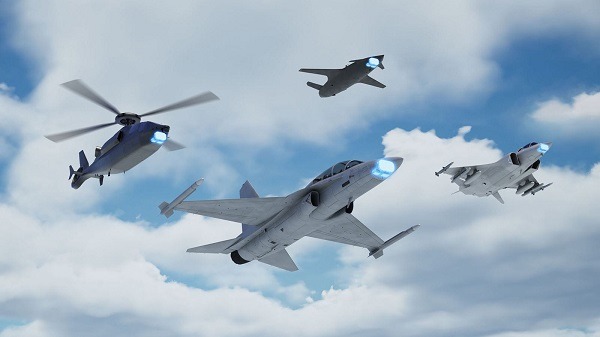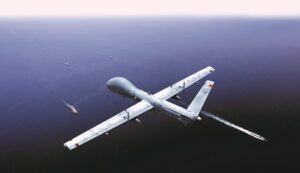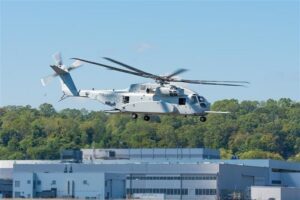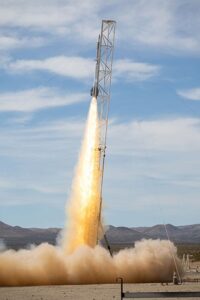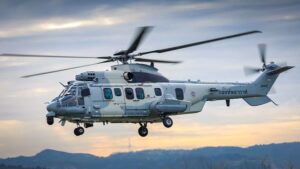Next-generation radar provides superior threat detection
Raytheon, an RTX business, has successfully completed the first flight test of its PhantomStrike radar on its Multi-Program Testbed aircraft in Ontario, California. PhantomStrike successfully tracked several airborne targets and accurately mapped the terrain.
PhantomStrike is a first-of-its-kind fully air-cooled, fire-control radar that’s designed to provide long-range threat detection, tracking and targeting. At nearly half the cost of a typical fire control radar, it delivers superior radar capability due to its faster, more agile digital beam, advanced target detection and resistance to jamming.
„The threat environment is evolving, and this test demonstrates how PhantomStrike can make enhanced situational awareness available to a broader set of our partners and allies – offering unparalleled performance and potential U.S. weapons integration – at an affordable price,“ said Bryan Rosselli, president of Advanced Products and Solutions at Raytheon. „This next-generation radar dramatically changes how we identify and respond to threats.“
PhantomStrike is a gallium nitride (GaN) powered radar that enables aircrew to see farther. It’s designed for a range of platforms, including uncrewed and light-attack aircraft, fighter jets, helicopters and ground-based towers. It harnesses the fire control power of a fighter in its lightest form factor ever – weighing nearly half of a modern active electronically scanned array (AESA) radar.
Production of the radars takes place in Forest, Mississippi; Tucson, Arizona; and Scotland, with support from Raytheon UK.

